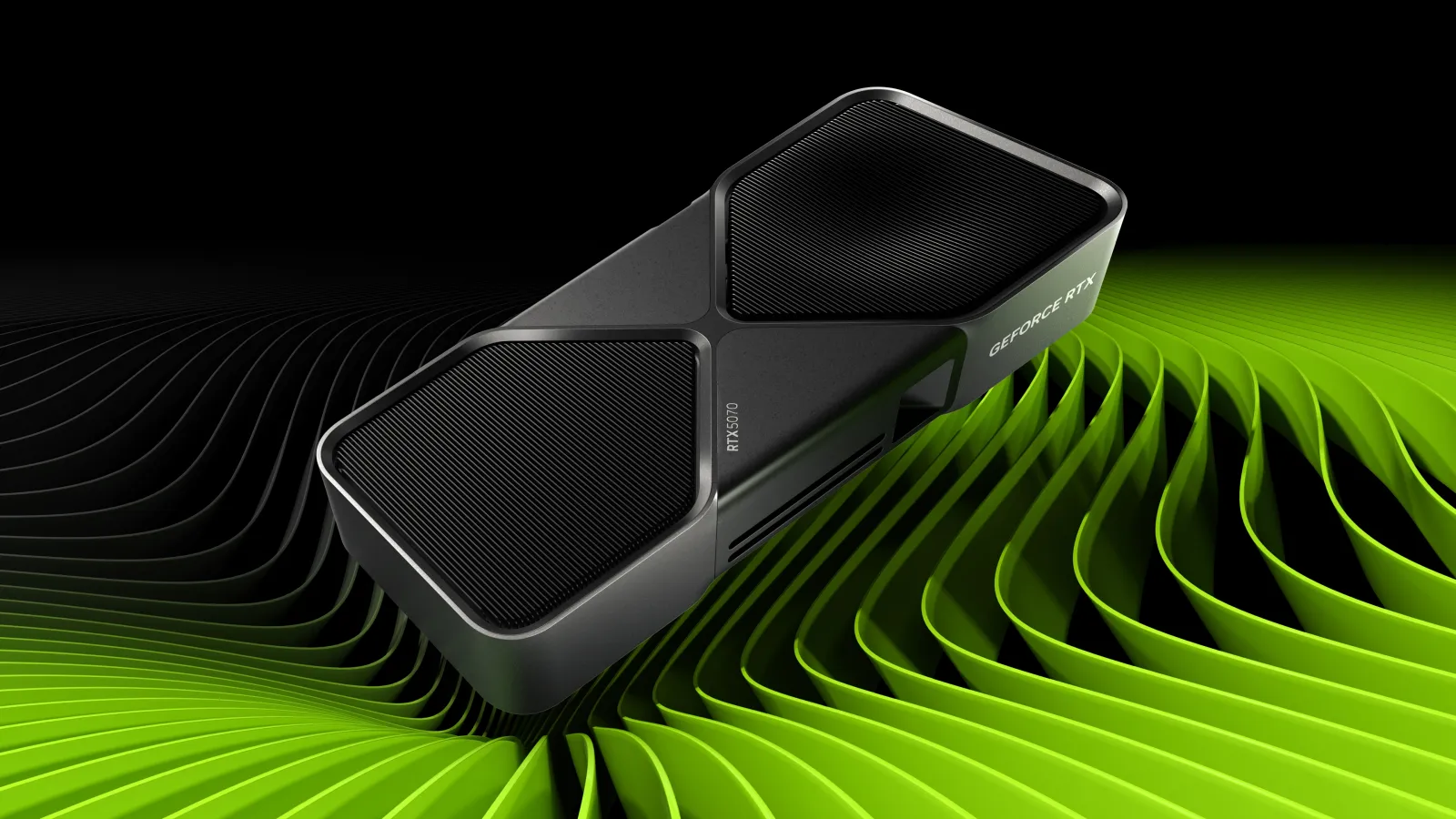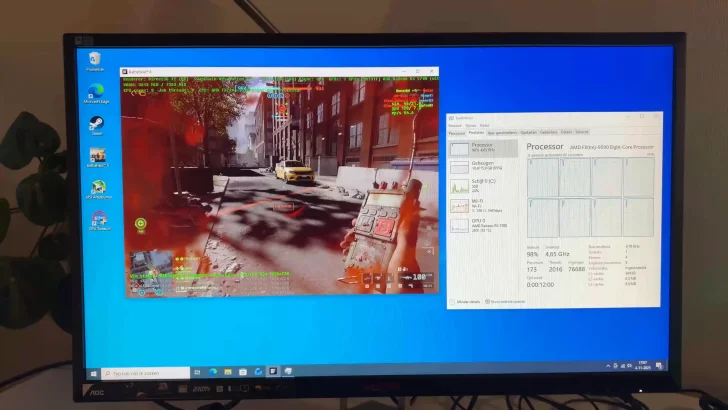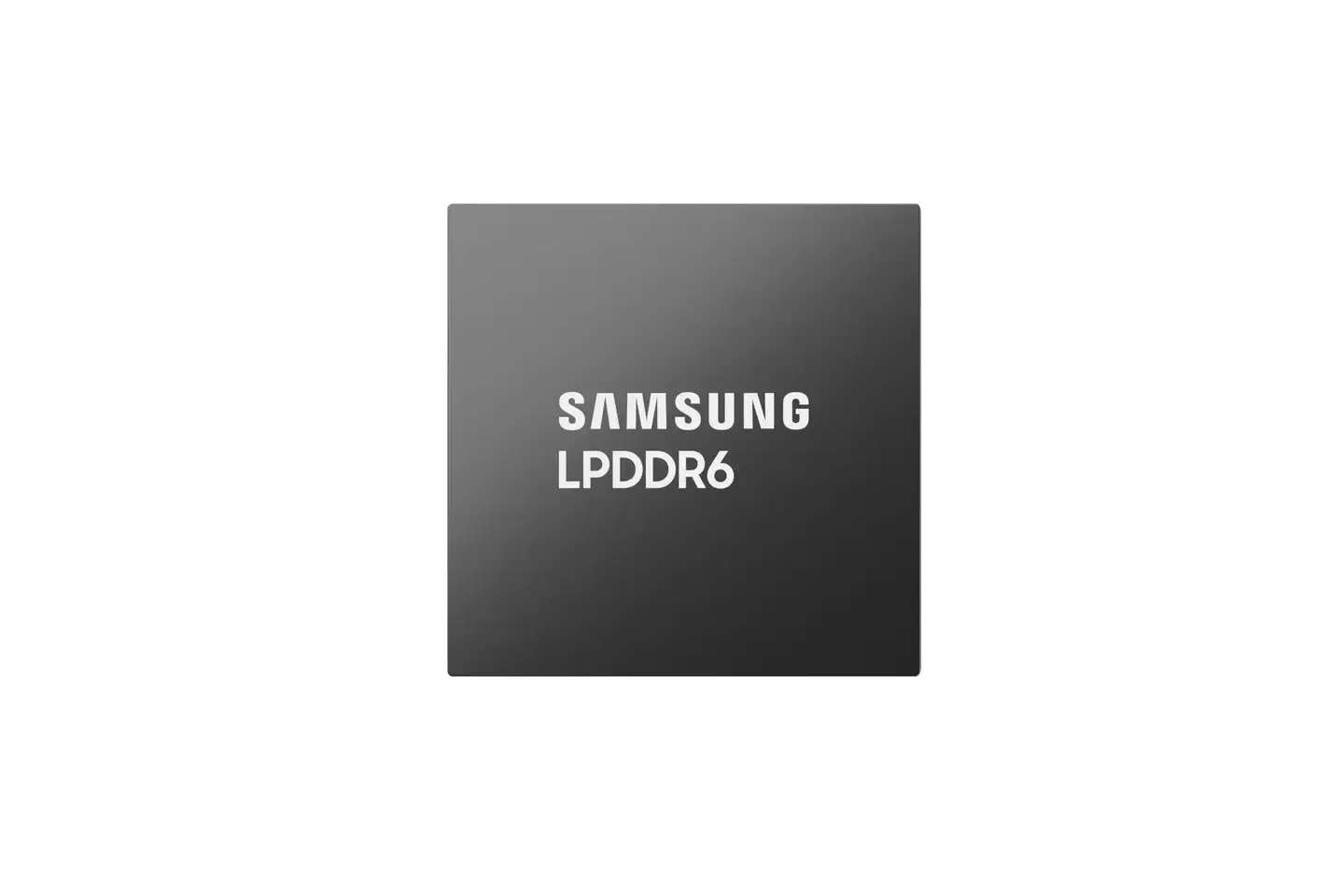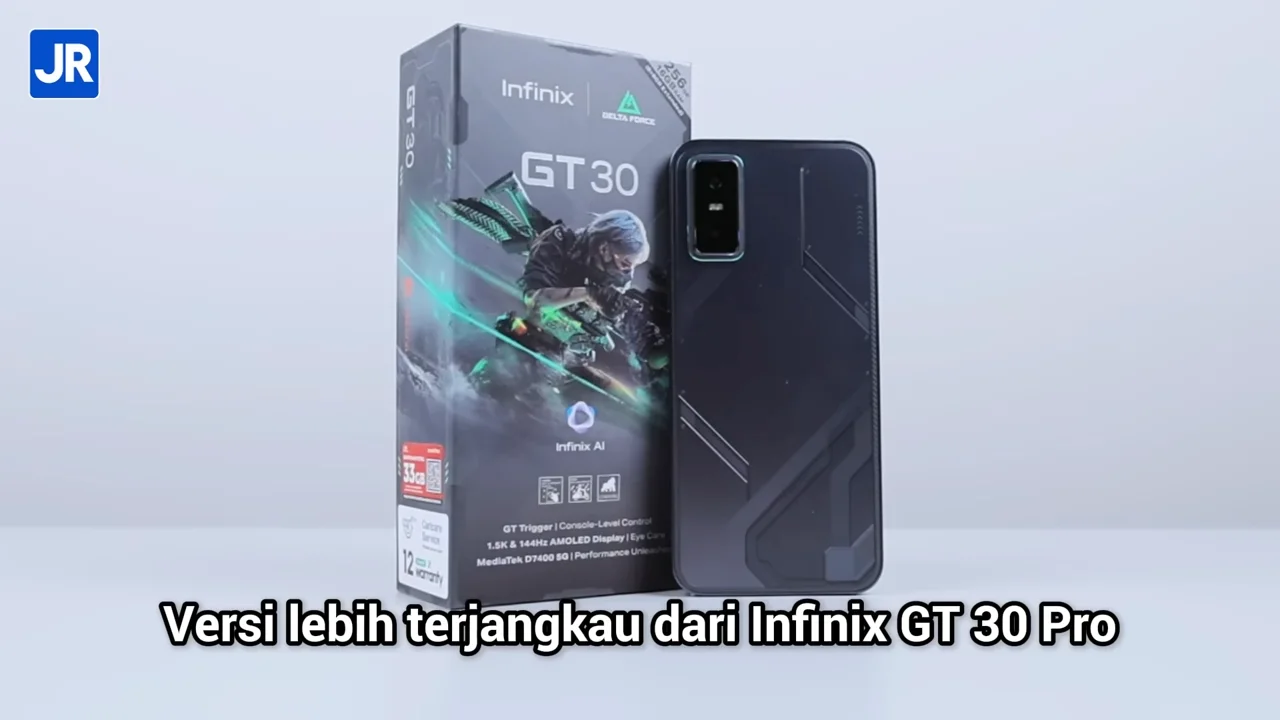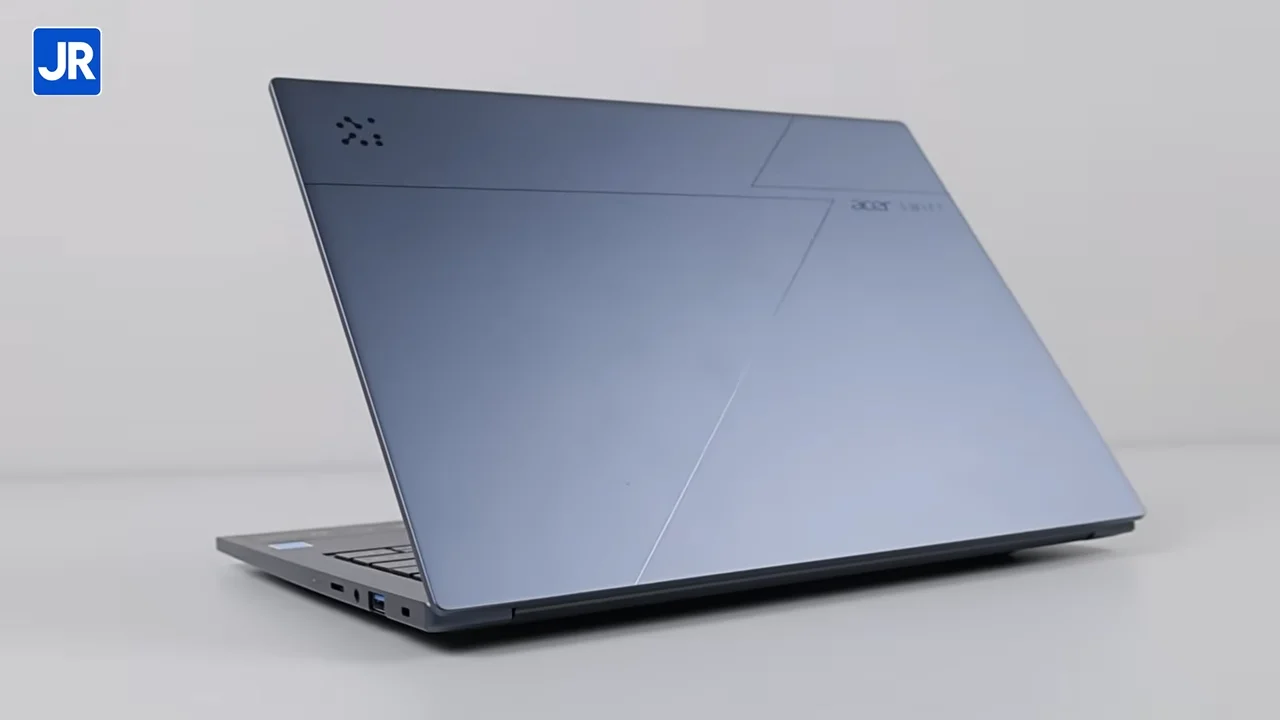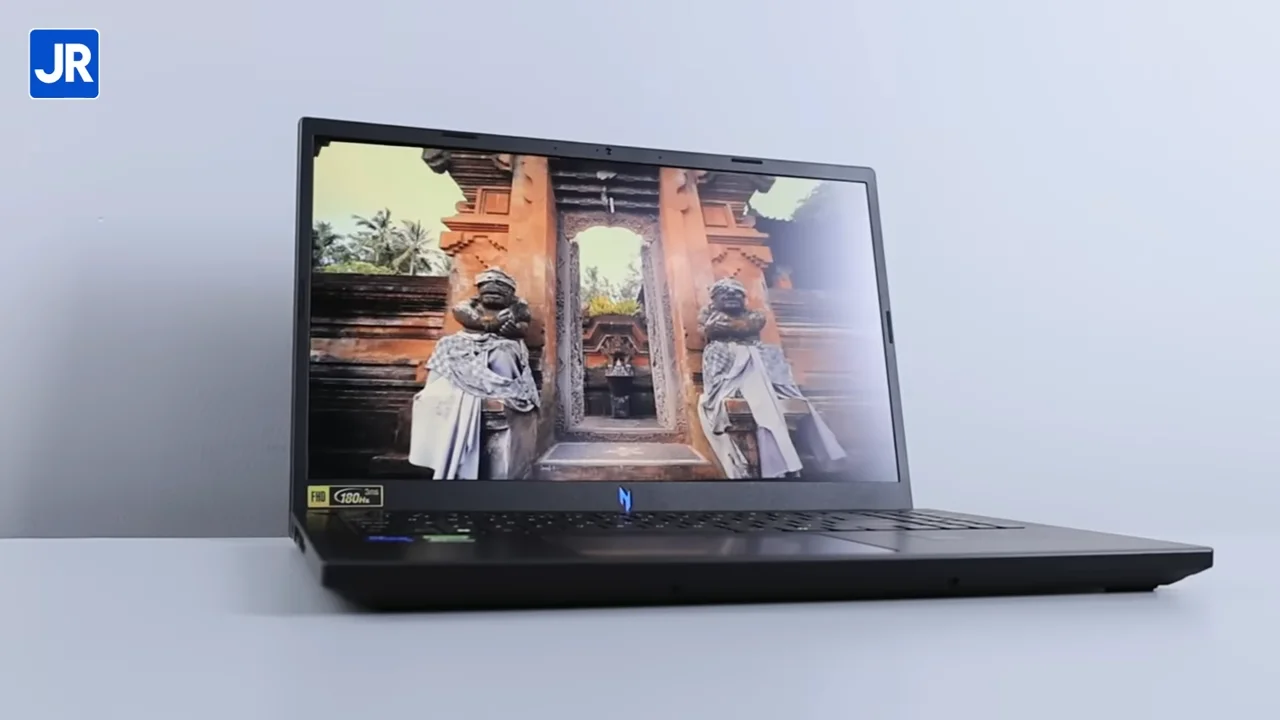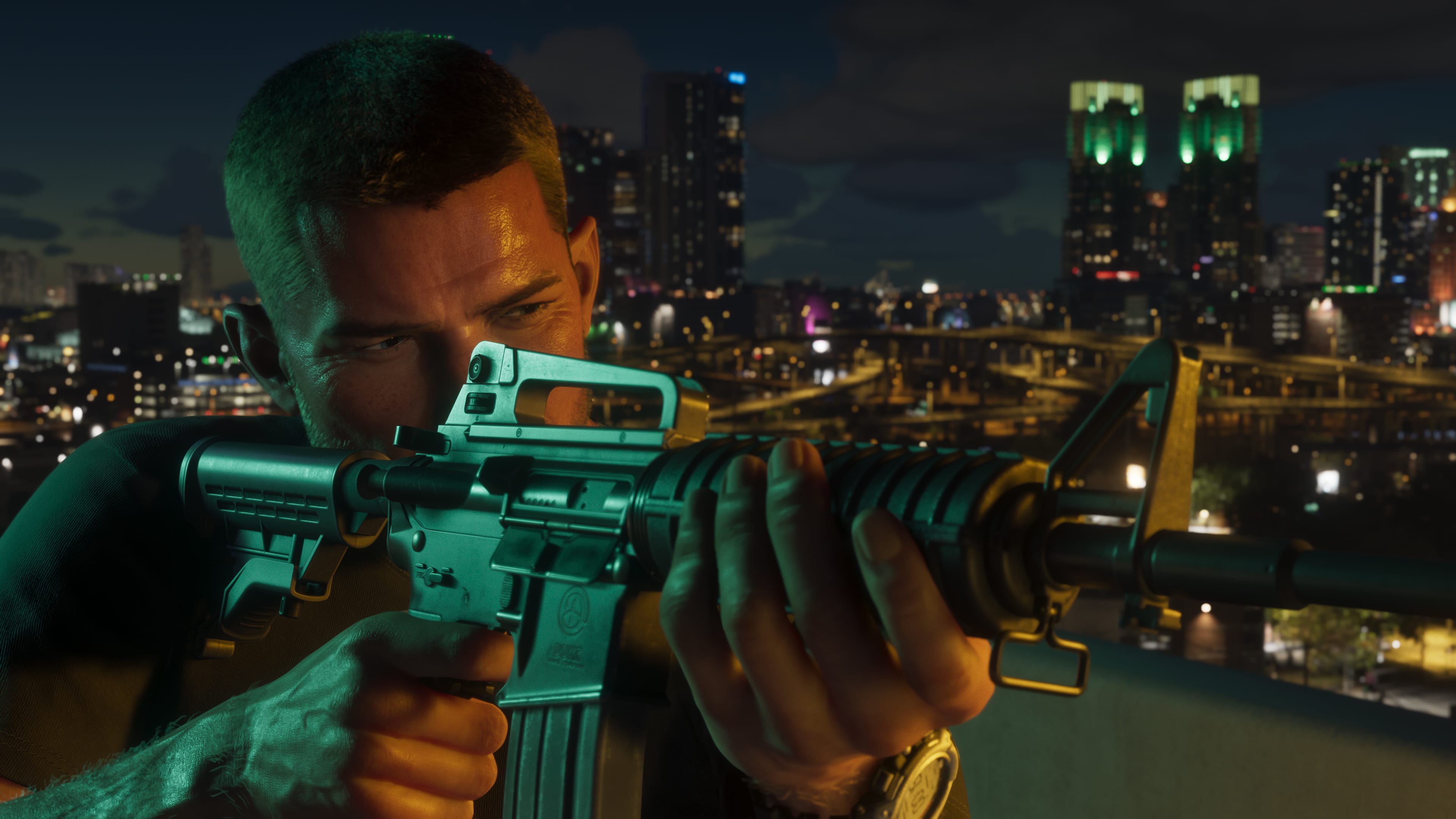NVIDIA GTX 460 SLI – Easy on the Wallet, High on Performance
Testing Platform
Processor: Intel Core i7 930 @4 GHz (200×20)
Motherboard: Gigabyte X58A-UD3R
Graphics card: NVIDIA GTX 460 1GB, NVIDIA GTX 460 768MB, NVIDIA GTX 480 1536MB
Memory: 3×1GB Kingston KHX16000D3T1K3/3GX
Harddisk: Western Digital Caviar Black 500 GB (32 MB Cache)
Power Supply: Enermax Revolution 85+ 1050 Watt
Heatsink: Gelid Tranquilo
Monitor: Philips 221E
Input: Genius (Keyboard and Mouse)
OS: Windows 7 Ultimate 32-bit
Driver: NVIDIA Forceware 258.96
Test Results
Alien VS Predator
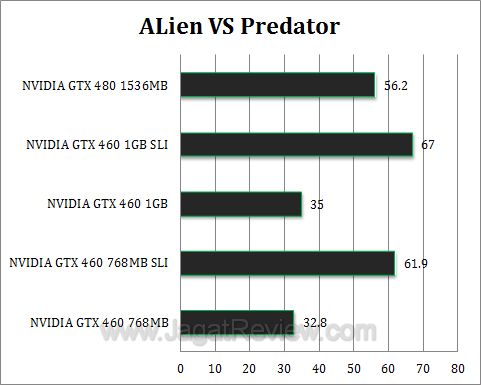
Setting : 1920×1080; DirectX 11; Texture Quality – Very High; Shadow Quality – High; SSAO – On; AF x16; No-MSAA
So, how does it perform? Not bad at all we can tell you. In Alien Vs. Predator, an additional GTX 460 would get you as much as 90% performance improvement over single graphics card configuration. Also worth noting here are the two 768-MB Geforce GTX 460s that outperformed the mighty GTX 480 by a slight margin.
CRYSIS
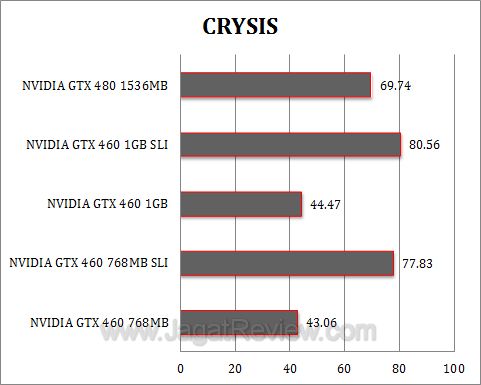
Setting : 1920×1080; DirectX 10; Quality Preset – High; No-AA
The impressive performance scaling continues. We recorded around 80% performance improvement with SLI in Crysis. Not even the GTX 480 can come close.
LEFT4DEAD
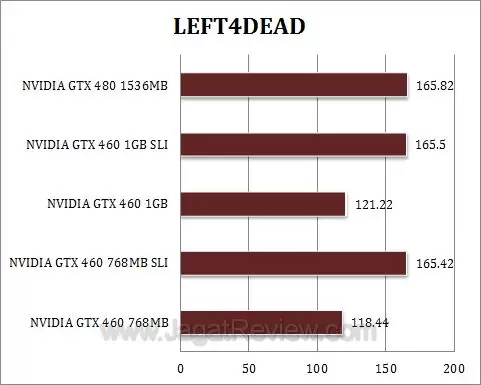
Setting : 1920×1080; No-AA; AF-Trilinear; Maximum Quality
In this game, SLI yields around 39% performance improvements. The GTX 480 managed to take the lead, but the difference is insignificant to say the least.
Metro 2033

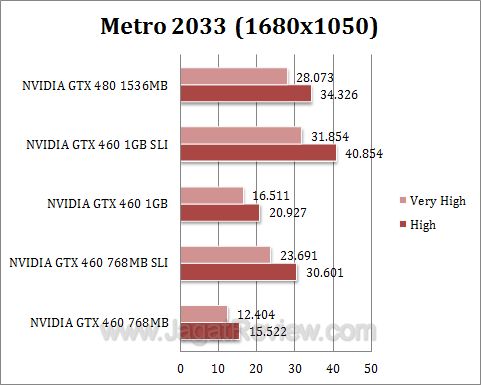
Setting : DirectX 11; Advance DOF, No-Advance PhysX, MSAA x4, AF x16
Not too many people run Metro 2033 at maximum setting; we can see the reason from this graph above. The GTX 480 struggles to score just below the 30 FPS mark. With two GTX 460s, you can play this game with the graphics option set to “high”, but don’t go expecting fluid movements at anything else higher than that.




